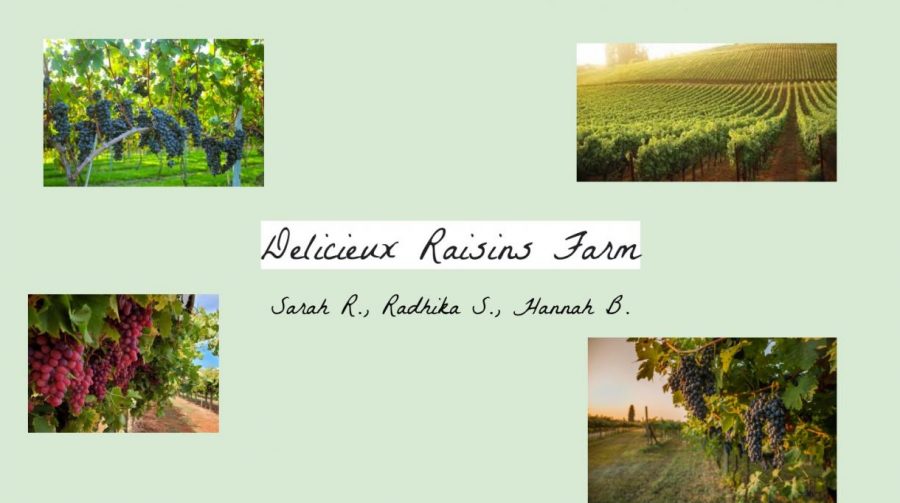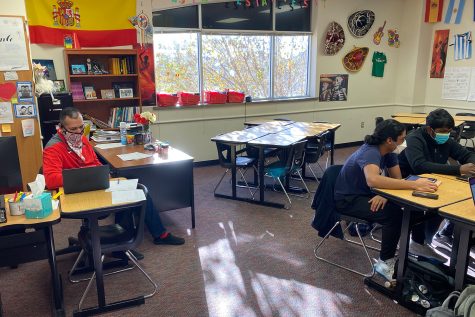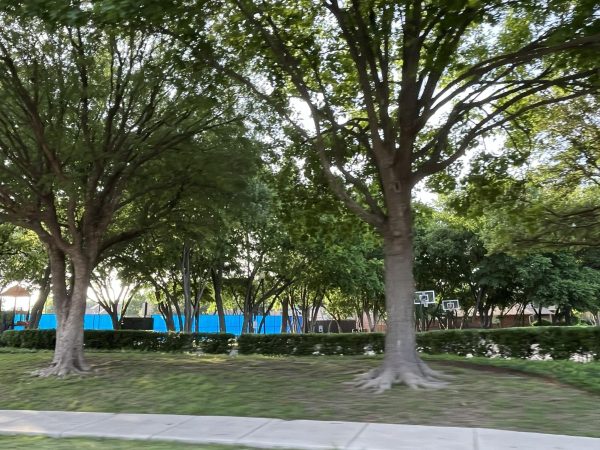APES students build their own farms
Assigned different regions in the world, AP Environmental Students have the opportunity to build farms. Students must take into account things like types and methods of farming, irrigation and erosion control, pesticide usage, to GMOs and the use of livestock.
December 7, 2021
AP Environmental students are growing their knowledge of agriculture as they partake in a build your own farm project.
“This is a mini project-based learning type assignment that gets students asking questions about what it would take to build a farm in various regions around the world,” teacher Jamie Berendt said. “They design their ideas for a farm they would want to have in their assigned area around the world and build a proposal for investors. Details include everything from the types and methods of farming, irrigation and erosion control, pesticide usage, to GMOs and the use of livestock.”
When planning their farm, students are considering details such as methods of farming, irrigation, pesticide usage and more.
“This project ties into our unit about sustainability as we wanted to emphasize sustainable practices in our farm,” junior Kathryn Hung said. “We learned about several types of farming like mono/poly culture, planting styles, irrigation styles, pesticides, and GMOs in relation to their effects on the environment.”
Students also have to consider the economic aspect of their farm.
“When designing our farm we’re forced to consider the impacts of our decisions from multiple vantage points,” senior Austin Carnline said. “A lot of economical farming practices aren’t necessarily sustainable for the environment, so each group has to balance agricultural productivity and maintaining certain environmental standards.”
For many students this project has gotten them thinking about sustainability in their own lives.
“The main benefit of this project is that students learn about sustainable agriculture,” junior Satvik Duddukuru said. ”Because of this project, students may be encouraged to look for sustainable practices when they purchase food in the future and support environmental initiatives similar to these farms.”













